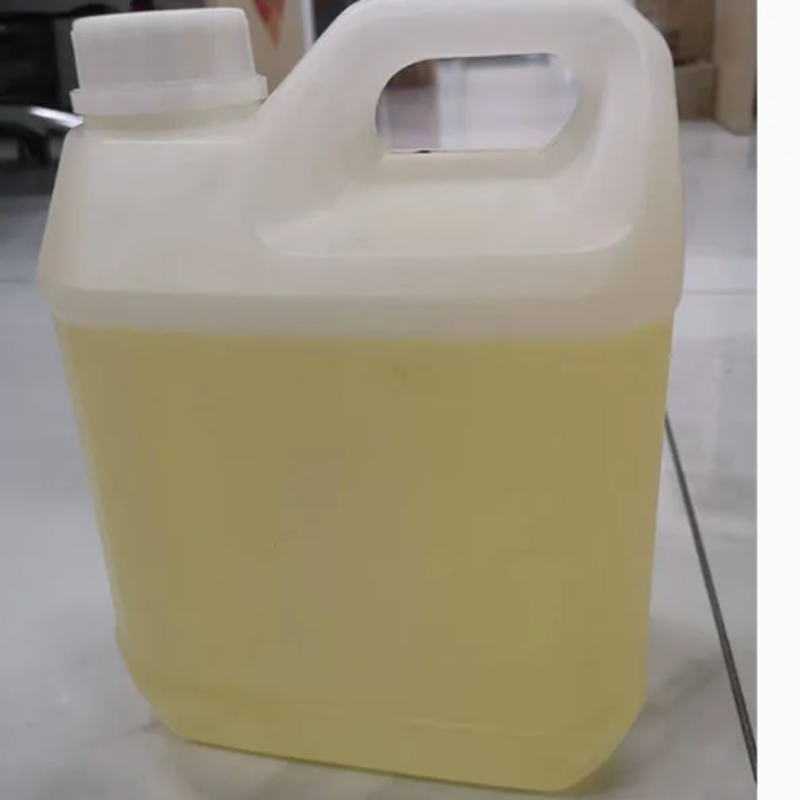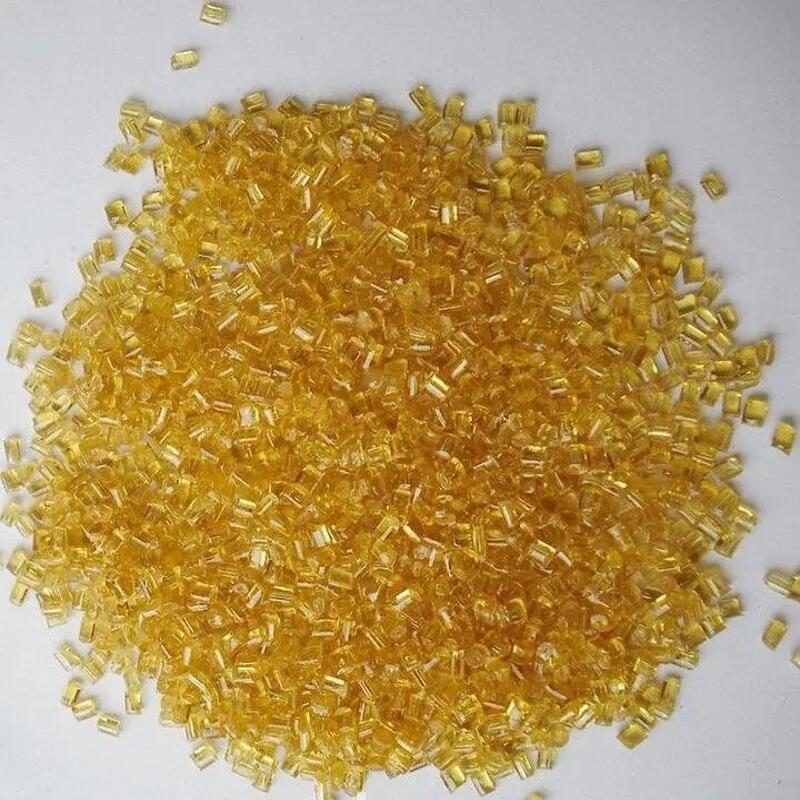-
Categories
-
Pharmaceutical Intermediates
-
Active Pharmaceutical Ingredients
-
Food Additives
- Industrial Coatings
- Agrochemicals
- Dyes and Pigments
- Surfactant
- Flavors and Fragrances
- Chemical Reagents
- Catalyst and Auxiliary
- Natural Products
- Inorganic Chemistry
-
Organic Chemistry
-
Biochemical Engineering
- Analytical Chemistry
-
Cosmetic Ingredient
- Water Treatment Chemical
-
Pharmaceutical Intermediates
Promotion
ECHEMI Mall
Wholesale
Weekly Price
Exhibition
News
-
Trade Service
Pucheng Clean Energy Chemical Co.
, Ltd.
was established in November 2008, jointly funded by Shaanxi Coal Chemical Industry Group and China Three Gorges Corporation
.
The first phase of the 1.
8 million t/a methanol and 700,000 t/a polyolefin project uses long-flame coal as raw material, and uses 8.
7MPa coal-water slurry pressurized gasification from GE Company in the United States, low-temperature methanol washing in Linde Company in Germany, and methanol in Davy Company in the United Kingdom.
Synthesis, DMTO-II methanol low carbon to olefins with independent intellectual property rights of Shaanxi Coal Chemical Group, pre-cutting + oil absorption olefin separation of Wison Engineering (China) Company, Unipol low pressure gas phase polymerization of ethylene from Univation Company of the United States, Spheripol liquid from Basell Company of Italy Phase polymerization of propylene, AGCU sulfur recovery and tail gas treatment of KPS company in the United States and other advanced technology at home and abroad, using coal as raw material, through pressure gasification of coal-water slurry to produce synthesis gas, and through transformation, purification and methanol synthesis to obtain intermediate product methanol , using DMTO second-generation technology to produce ethylene and propylene and finally produce polyethylene and polypropylene products through polymerization
.
The 400,000 t/a polypropylene plant adopts the Spheripol liquid-phase polymerization propylene single-loop reactor technology of Italian Basell Company, and the process technology of this production capacity is introduced for the first time in China
.
After the plant was started, there was a problem of the shaft power fluctuation of the loop reactor, which also existed when the domestic CS-2-B catalyst was used.
After analyzing the reasons with the catalyst supplier and improving, the problem was basically solved
.
1 Test part
1 Test part1.
1 Raw materials
ZN118 catalyst, commercially available; CS-2-B catalyst, Yingkou Xiangyang Catalyst Co.
, Ltd.
; Propylene, ethylene, hydrogen: polymerization grade, Pucheng Clean Energy Chemical Co.
, Ltd.
, refined; Dicyclopentyldimethoxy The purity of base silane (Donor) is more than 95%, Shandong Lujing Chemical Co.
, Ltd.
; Triethylaluminum (Teal), the purity is more than 96%, Yingkou Xiangyang Catalyst Co.
,
Ltd.
1.
2 Test method
The test method refers to Q/PH 0003-2015 and national standards
.
1.
3 Device Application
Use CS-2-B type catalyst to produce 3 kinds of homopolypropylene grades, and its production operation parameters are shown in Table 1
.
2 Results and discussion
2 Results and discussion2.
1 Physical properties of the three homopolymer grades
1 Physical properties of the three homopolymer grades
2.
1.
1 Homopolymer PP grade HP550J
The sampling date was January 1, 2018, and the standard Q/PH 0003-2015 was implemented.
The results of polymer physical property testing and analysis are shown in Table 2
.
2.
1.
2 Homopolymer PP grade HP500N
The sampling date was January 22, 2018, and the results of polymer physical property testing and analysis are shown in Table 3
.
It can be seen from Table 3 that the production control of this grade of polymer is stable, and the product index reaches the expected target
.
2.
1.
3 Homopolymer PP grade HP552R
The sampling date was January 24, 2018, and the results of polymer physical property testing and analysis are shown in Table 4
.
The production of this brand product is stable and meets the expected requirements
.
2.
2 The power fluctuation of the axial flow pump in the loop reactor
2 The power fluctuation of the axial flow pump in the loop reactor
2.
2.
1 Analysis of the cause of the problem
The polypropylene loop reaction circulation pump is the key equipment for the polymerization reaction of the polypropylene plant.
The pump is imported from the United States and is expensive
.
In production, as the density of the loop pipe increases, the power of the axial flow pump will fluctuate, which seriously affects the production load and the normal operation of the equipment
.
The following three points were found to be the main reasons through research
.
When producing high melt flow rate grades, the shaft dynamic rate fluctuates greatly.
This is because the amount of H2 fed into the loop is large.
After a large amount of H2 enters the loop, it quickly reacts with the catalyst.
The H2 is in the state of bubbles in the feed, occupying a certain space
.
When a large amount of H2 reacts with the catalyst rapidly, the space occupied by the original H2 in the loop quickly disappears, so the surrounding liquid propylene must quickly fill this space, which will flow from the catalyst feed to the loop.
A certain pressure wave is generated at the pump until it is transmitted to the annular axial flow pump, which will impact the axial flow pump, resulting in fluctuations in the power of the axial flow pump.
This phenomenon is somewhat similar to the cavitation phenomenon of the pump
.
The mechanical reason of the axial flow pump itself causes the P201 shaft power to fluctuate
.
The large axial flow pump P201 has a mechanical failure due to the loose impeller, the wear of the motor and the bearing of the pump body, and the looseness of the foundation fixing bolts of the motor and the pump body, which causes the power fluctuation of the P201 shaft
.
Due to the catalyst itself, the particle size of the powder is uneven, and the circulation is not good, which causes the power fluctuation of the P201 shaft
.
In the production process of individual batches of catalysts, the polymer particles produced by the reaction are large in particle size, the particle size of the powder is not uniform, and the slurry circulation is not uniform, resulting in the increase of the power fluctuation of the P201 shaft
.
2.
2.
2 Solutions
1) When producing high melt flow rate grades, first reduce the density of the ring tube, and then increase the catalyst stroke
.
After such adjustment, the reaction balance will not be easily broken, which can effectively reduce the number of shaft power fluctuations
.
2) The cause of the equipment is discovered and dealt with in a timely manner through inspection
.
3) The reason of the catalyst itself is to stabilize the particle size of the catalyst and ensure the uniform particle size distribution of the powder, which can reduce the fluctuation of the shaft power
.
In the case of the same production load and loop density, it is found by comparison that the smaller average particle size of the polymer powder has less influence on the shaft power fluctuation
.
The sieving comparison of polymer powder is shown in Table 5
.
It can be seen from the data in Table 5 that the polymer powder particles are quite different
.
The reason is: when using CS-2-B (large) catalyst, the shaft power fluctuation is large; when using CS-2-B (small) catalyst, the shaft power fluctuation is small
.
3 Conclusion
1) The use of domestic CS-2-B catalyst can meet the production of homopolymerized polypropylene;
2) The power fluctuation of the axial flow pump of the loop reactor is related to the product grade, equipment and catalyst;
3) The fluctuation of the axial flow pump can be reduced by adjusting the process and catalyst
.







